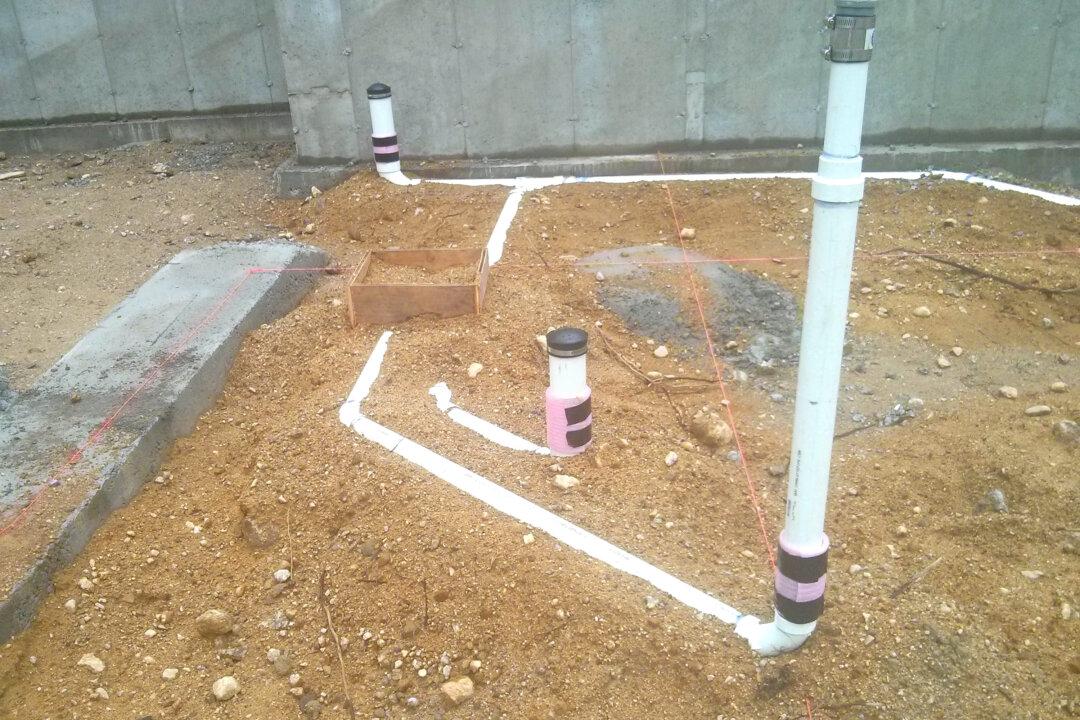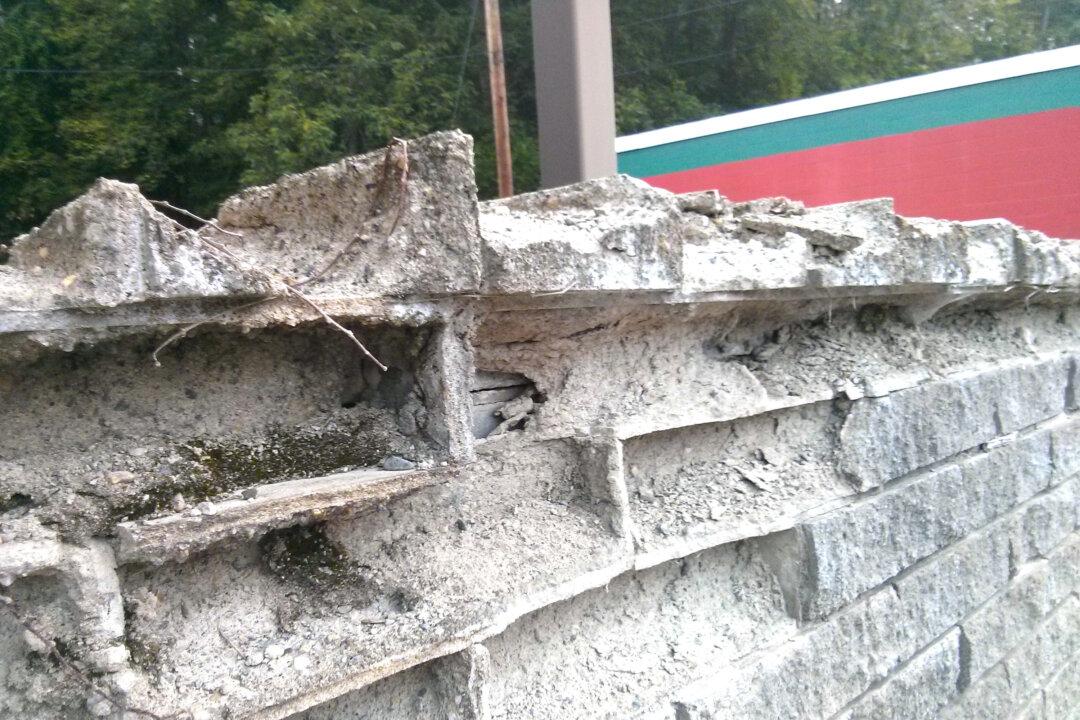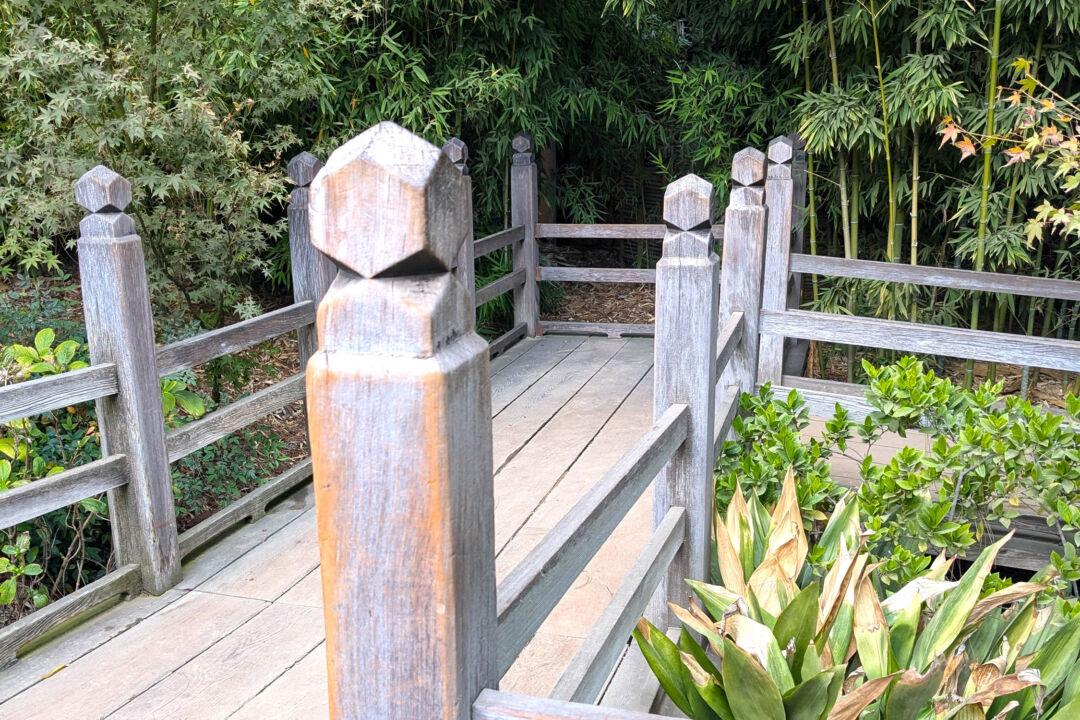I’ve shared in past columns the wonderful time I’m having helping my son with projects around his house. For several weekends now we have spent hours of quality time together while finishing his basement.
I’m fanatical about having access to wires, pipes, ducts, and so forth that you often find in a basement ceiling. A good way to maintain easy access is to install a suspended ceiling like you might see in an office building or your dentist’s office. My previous dentist installed colored, translucent panels of wonderful nature scenes right above the chair. They helped to produce a calming effect while he drilled on your teeth.
My son didn’t want the standard plain vanilla suspended ceiling. He went hunting using the image search tool you’ll find in most search engines. Within seconds he zeroed in on a system I had never seen before.
This ingenious company decided to recreate the coffered ceiling look, but compress it keeping enough relief to provide a very interesting appearance.
We visited the company’s website and watched their installation video. I was sold within seconds. Not only was I enamored with the ease of installation, but I also loved the fact this system hugged the existing joists. The distance from the bottom of the floor joists to the ceiling surface you touch and see was as small as 1 3/4 inches!
The system consists of just five parts: anchors, rails, main crossbars, secondary crossbars, and 1/4-inch thick 2-foot by 2-foot panels.
The anchors and rails work like a french cleat. Each anchor has a channel with two upward-bent grooves. The rails have two rows of parallel fins that slide into the grooves of the anchor. The extra fins on the rails allow you to do minor height adjustments should your joists not be in the same plane.
The anchors are screwed to the joists above. The rails slide into a dovetail groove in the main crossbars. You must get the main crossbars straight and they have to be parallel. The error tolerance is less than 1/16 inch, so take your time. While it seems intimidating, it’s not. Once we got the hang of it, we were having a blast. It’s like working with a wonderful adult Lego toy!
The first step in the installation process is to determine the layout of the large 2x2-foot panels. You want to center them in the room, and you want large cut pieces against all the walls. The best way to do this without doing complex math is to just lay out the tiles on the floor, creating a 2-inch space between each one. You have only two ways to install them, as you’ll discover.
Your layout decision determines the location of your first row of anchors. My son and I chalked a crisp line parallel with the primary wall in each room. We measured the width of an anchor and divided it by 2. This gave us a point where the edge of each anchor should be on the joist above. The anchors must be installed in a straight line. I discovered the extra minutes to do this paid off in spades later.
The main crossbars are all parallel and must be spaced with great precision. The company thought of this too. They include with each box of crossbars a spacing template. Notches in the template allow you to space the anchors exactly where they should be. I used the template to get the position of the first and last anchor of each row. I’d then chalk a new crisp line to space the rest.
There’s little to no waste with this system. Cut pieces of main crossbars are used to start the next row. The same goes for secondary crossbars. Any small pieces left over from cuts can be used to make other small crossbars.
We used a new 6-inch hole saw to cut the circles for low-profile LED recessed lights. It was simple to do. It’s best to have the saw spin slowly as you make the cut.







